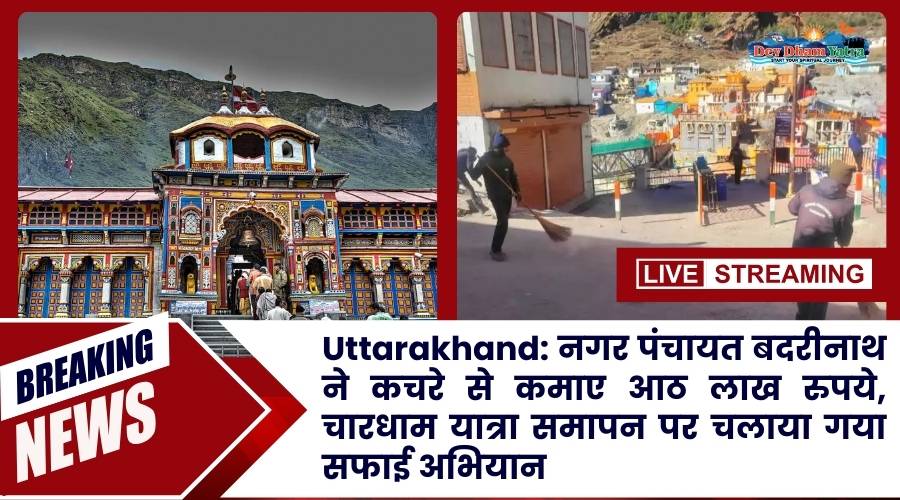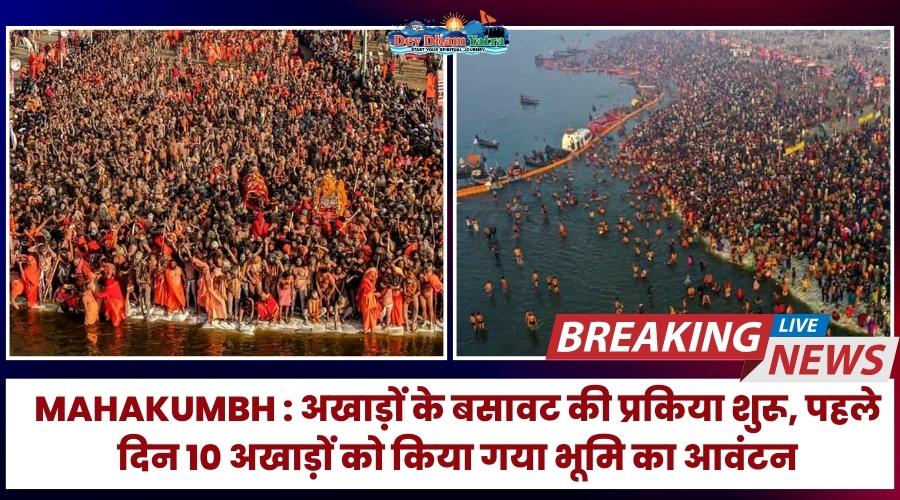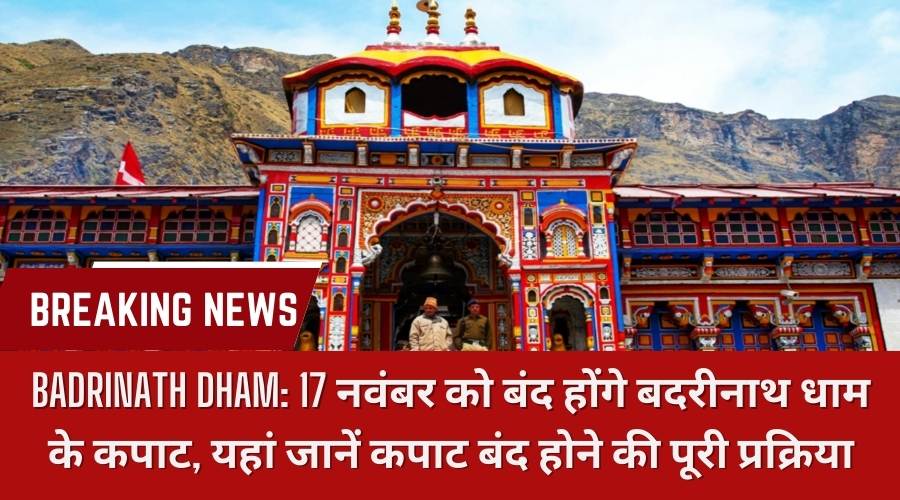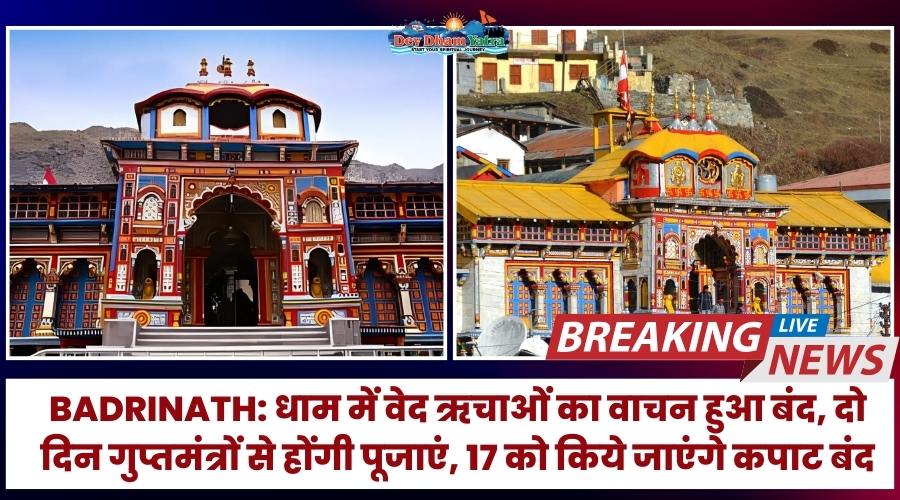Tungnath Temple chopta is one of the world’s highest Shiva temples and the highest of the five Panch Kedar temples found in the Rudraprayag district of Uttarakhand, India. The Mandakini and Alaknanda river valleys are formed by the Tungnath temple mountains. It is the Panch Kedars’ second-highest-ranking member and is located at a height of 3,470 meters (11,385 feet) directly below Chandrashila’s peak. It has a long history linked with the Pandavas, the heroes of the Mahabharata story.
HISTORY:
Tungnath Temple Chopta (3rd temple of the Panch Kedar) is intended to be above 1000 years old. The groundwork for the tungnath temple is established by Arjuna, the 3rd Pandava brothers. This temple was erect in the North Indian architectural way and is adjoining by a dozen fane to various Gods. The Pandavas initiate their pursuit of Lord Shiva after wiping out their cousins in the Kurukshetra war, according to the tale related to the Tungnath Temple. Lord Shiva, however, was enraged by all the fatalities and wanted to avoid them, so he transformed into a bull and vanished into the ground, his bodily parts scattering in various locations. His knob 1st arose at Kedarnath, afterward his upper limb at Tungnath, and his head at Rudranath, and his abdomen at Madhyamaheshwar, and his hair (jata) at Kalpeshwar. The Pandavas raised a temple here to adore Lord Shiva and amuse him. The temple’s name is acquired from the words ‘Tung’ (bhuja) and ‘Nath’ (Shiva). Rama, the major identity of the Ramayana, is supposed to have meditated near Tungnath Temple chopta, India’s Chandrashila peak. It is also reported that when Ravana roomed here, he acted as expiation to Shiva, the Lord of the Peaks.
WORSHIP:

Unlike other Kedar temples, whose priests come from South India, this temple’s priest is a local Brahmin from Makku village, following a practice established by Hindu seer Sankaracharya in the seventh century. This temple is also claimed to have Maithani Brahmin priests. The temple is closed during the winter season, and the deity’s symbolic image and temple priests are relocated to Makkumath, 29 kilometers away. It’s 10 kilometers (6 miles) before Chopta, on the way to Ukhimath, near Duggalbitha.
CLIMATE:

The climate is generally cool all year in tungnath temple chopta. Summers are pleasant, with average daytime temperatures hovering around 16 degrees Celsius. Winters are bitterly cold, with temperatures frequently falling below freezing. The temple is best visited between April and September. The Tungnath Temple remains locked for 6 months throughout the winter due to a substantial amount of snowfall.


















